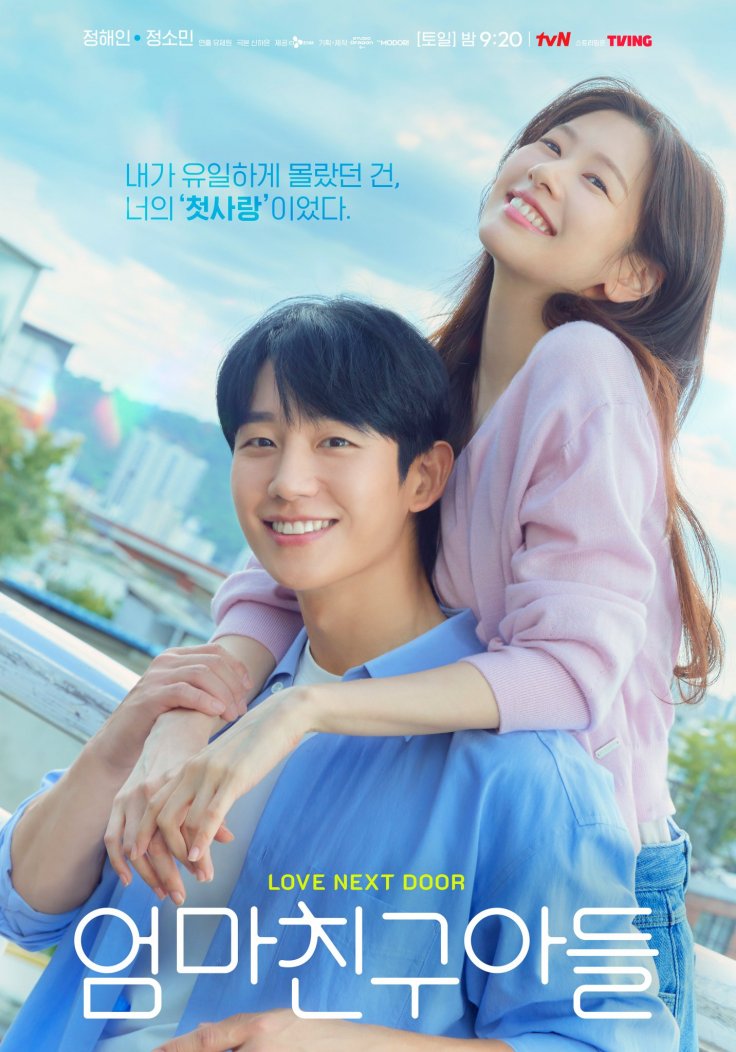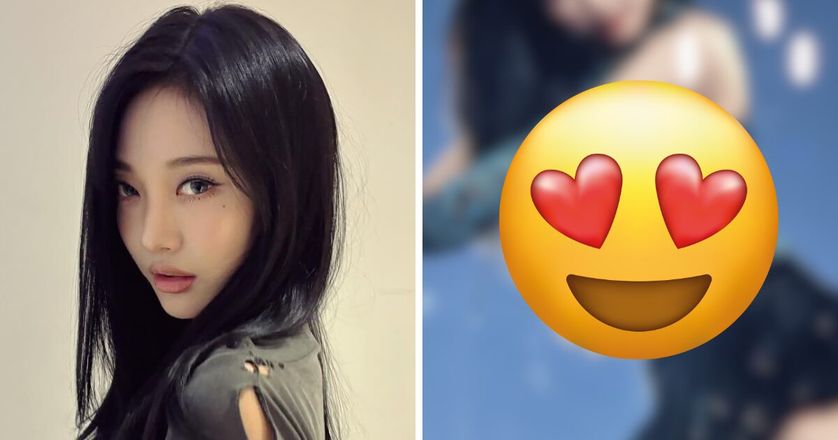Navratri, the nine-night festival dedicated to Goddess Durga, is more than just a celebration; it is a cultural phenomenon that brings people together through music, dance, and tradition. One of the most beloved aspects of Navratri is the dance forms of Dandiya and Garba. The festival's cultural significance stretches beyond its religious roots, resonating with people from different walks of life and offering a unique experience that goes beyond mere ritual.
These dances are not just rituals; they are vibrant expressions of culture, joy, and togetherness. In recent years, the growing popularity of Dandiya and Garba has been driven by a mix of cultural pride and the fear of missing out (FOMO), as these events have found a unique place in the digital age. For many, Garba represents an emotion that goes beyond dance.

It is an opportunity to connect with culture, express oneself. However, some feel that the modern twist on Garba may have diluted its original essence. while it has evolved to fit modern sensibilities, there is a sense of nostalgia for its original form.
The traditional Garba, with its soulful melodies and rhythmic beats, was rooted in devotion and community. However, with the advent of social media and trends, it has evolved into a fusion of the old and new, often losing some of its authenticity. This transformation has its advantages, such as making Garba more accessible to people from diverse backgrounds, but it also raises questions about preserving cultural int.




















